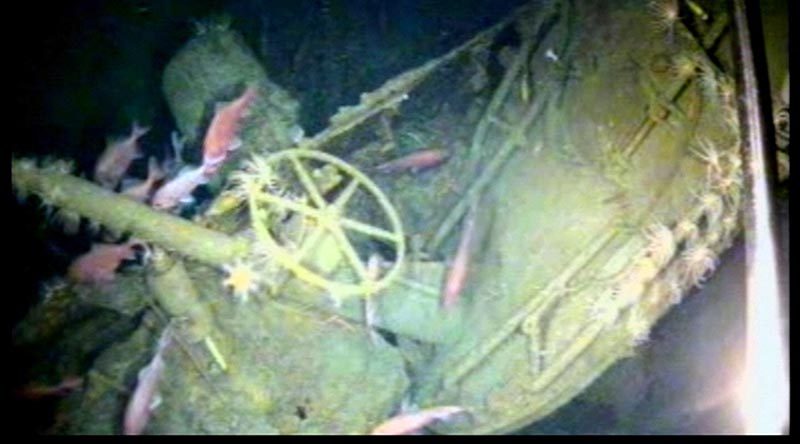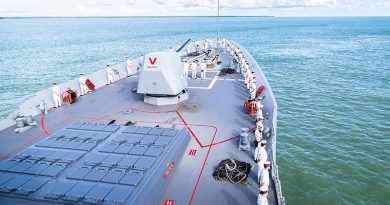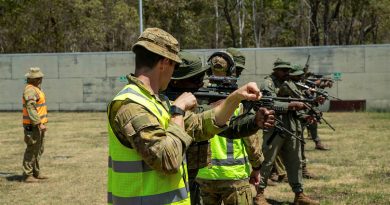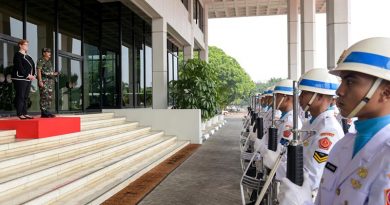Submarine AE1 –– FOUND!!!

Australia’s oldest naval mystery has been solved with the discovery of the wreck of Australia’s first submarine HMAS AE1 off the coast of the Duke of York Islands in Papua New Guinea.
CAPTION: The helm of HMAS AE1, photographed late yesterday by the team that found her.
After 103 years since her loss, HMAS AE1 was located in waters off the Duke of York Island group in Papua New Guinea.
The Royal Australian Navy and the Silentworld Foundation commissioned the most comprehensive and technologically capable search ever committed to finding AE1 and the 35 Australian, British and New Zealand men entombed within.
The team of maritime surveyors, marine archaeologists and naval historians scoured the search area with a multi-beam echo sounder and side-scan technology in an underwater drone flying 40 metres above the sea bed on pre-programmed 20-hour missions.
Data from the scans was collected and analysed and a three-dimensional rendering of the underwater environment was produced before dropping a camera to confirm the find.
![]()
Minister for Defence Marise Payne said that a new expedition to find the submarine, which commenced just last week, has located the submarine in more than 300 metres of water.
HMAS AE1 was lost off Rabaul on 14 September 1914 and the fate of her 35 crew members remained one of the significant mysteries of Australian military history.
“It was the first loss for the RAN and the first Allied submarine loss in World War I – a significant tragedy felt by our nation and our allies,” Minister Payne said.
“Following the discovery of the submarine, a small commemorative service was conducted by those onboard the survey vessel, Furgro Equator, to remember those officers and sailors who lost their lives 103 years ago.
“Efforts are now being made to contact the descendants of the crew.”
The current search was jointly funded by the Australian government, the Silentworld Foundation, the Australian National Maritime Museum and Find AE1 Ltd; using Fugro Survey’s vessel and search technology.
Minister Payne said the Australian government would work closely with the Papua New Guinean government to consider a lasting commemoration and recognition of the crew of AE1 and to preserve the site.
“The information gained from this expedition and from the research to date will greatly assist in unravelling the mystery of the loss of HMAS AE1, and will be held by the Australian National Maritime Museum for future generations to remember.”
.
.
.
.
.

.
.






I have a theory that the AE-1 loss was triggered by a Co2 leak that incapacitated the crew.